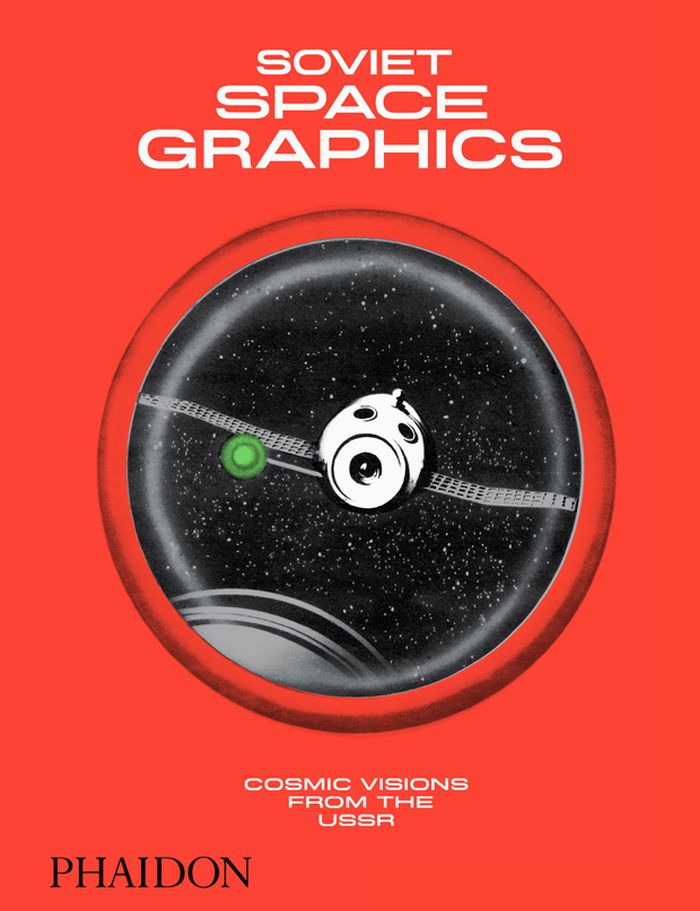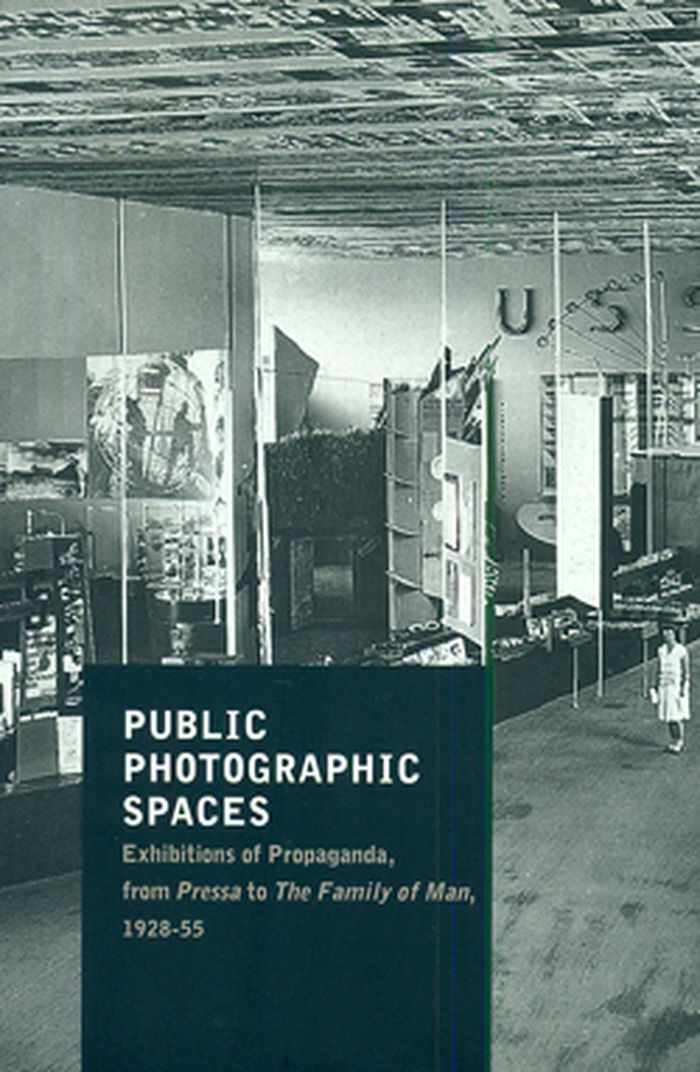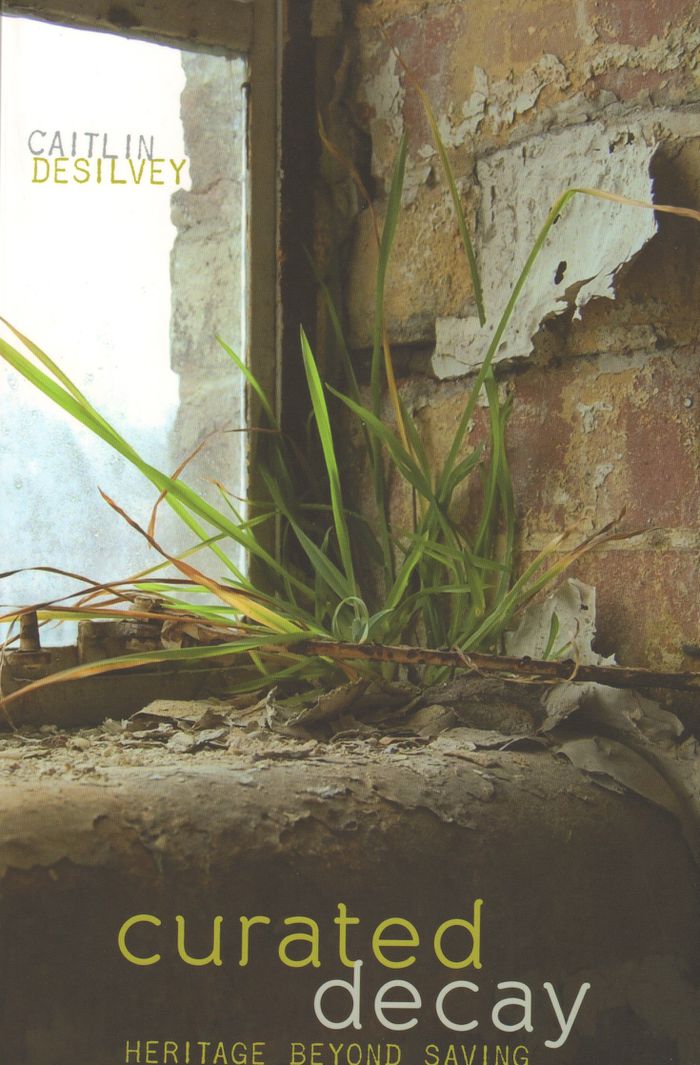books
Description:
328 pages : illustrations ; 23 cm.
Chicago : The University of Chicago Press, [2015], ©2015
A world of homeowners : American power and the politics of housing aid / Nancy H. Kwak.
Actions:
Holdings:
Description:
328 pages : illustrations ; 23 cm.
books
Chicago : The University of Chicago Press, [2015], ©2015
books
$29.95
(available to order)
Summary:
The Cold War was the war that never happened. Nonetheless, it spurred the most significant buildup of military contingency this country has ever known: from the bunkers of Greenbrier, West Virginia, to the "proving grounds" of Nevada, where entire cities were built only to be vaporized. The Cold War was waged on a territory that knew no boundaries but left few traces.(...)
Survival city : adventures among the ruins of atomic America
Actions:
Price:
$29.95
(available to order)
Summary:
The Cold War was the war that never happened. Nonetheless, it spurred the most significant buildup of military contingency this country has ever known: from the bunkers of Greenbrier, West Virginia, to the "proving grounds" of Nevada, where entire cities were built only to be vaporized. The Cold War was waged on a territory that knew no boundaries but left few traces. In this fascinating--and at turns frightening and comical--travelogue to the hidden battlefields of the Cold War, Tom Vanderbilt travels the Interstate (itself a product of the Cold War) to uncover the sites of Cold War architecture and reflect on their lasting heritage. In the process, Vanderbilt shows us what the Cold War landscape looked like, how architecture tried to adapt to the threat of mass destruction, how cities coped with the knowledge that they were nuclear targets, and finally what remains of the Cold War theater today, both its visible and invisible legacies. Ultimately, Vanderbilt gives us a deep look into our cultural soul, the dreams and fears that drove us for the last half of the 20th century.
books
March 2002, New York
Architectural Theory
audio
The Humors in Four Parts.
Description:
1 online resource.
[Place of publication not identified] : Junior Aspirin Records, 2009.
audio
[Place of publication not identified] : Junior Aspirin Records, 2009.
books
Description:
207 pages : illustrations (some color) ; 32 cm
Berlin : Sternberg Press, [2013], ©2013
The whole earth : California and the disappearance of the outside / editors: Diedrich Diederichsen, Anselm Franke.
Actions:
Holdings:
Description:
207 pages : illustrations (some color) ; 32 cm
books
Berlin : Sternberg Press, [2013], ©2013
books
Lincoln/MITRE.
Description:
1 online resource
[Place of publication not identified] : David Bennewith, 2016.
books
[Place of publication not identified] : David Bennewith, 2016.
books
Description:
432 pages : Illustrations ; 17 cm
Milan : Mousse Publishing, 2023.
2086 : together how? / Abdelhadi Eman and others ; editor Han Dabin ; copy editors: Jinho Lim (Kor), Cassidi Sulaiman (Eng) ; translators: Jaehee Yi (Eng-Kor), Alice Kim (Kor-Eng), Tiziana Camerani (Eng-Ita).
Actions:
Holdings:
Description:
432 pages : Illustrations ; 17 cm
books
Milan : Mousse Publishing, 2023.
$12.95
(available to order)
Summary:
A selection of Melanie Friend’s images from the Berlin Wall in 1985, during the Cold War, contrast with the joyful celebrations at the Wall on New Year’s Eve 1989 (seven weeks after the fall of the Wall).
Melanie Friend: Berlin Wall 1985-1990
Actions:
Price:
$12.95
(available to order)
Summary:
A selection of Melanie Friend’s images from the Berlin Wall in 1985, during the Cold War, contrast with the joyful celebrations at the Wall on New Year’s Eve 1989 (seven weeks after the fall of the Wall).
Photography monographs
$49.95
(available to order)
Summary:
This otherworldly collection of Soviet space-race graphics takes readers on a cosmic adventure through Cold War-era Russia. Presenting more than 250 illustrations - depicting discoveries, scientific innovations, futuristic visions, and extraterrestrial encounters - 'Soviet Space Graphics' unlocks the door to the creative inner workings of the USSR.
Soviet space graphics: cosmic visions from the USSR
Actions:
Price:
$49.95
(available to order)
Summary:
This otherworldly collection of Soviet space-race graphics takes readers on a cosmic adventure through Cold War-era Russia. Presenting more than 250 illustrations - depicting discoveries, scientific innovations, futuristic visions, and extraterrestrial encounters - 'Soviet Space Graphics' unlocks the door to the creative inner workings of the USSR.
Printed Matter
Public photographic spaces, exhibitions of propaganda, from Pressa to the family of man, 1928-55
$86.95
(available to order)
Summary:
This book focuses from a chronological perspective on photography as a tool for a new visuality and the rupture of the role of the spectator: photographic exhibitions from 1928 to 1955, from the spaces designed by Lissitzky's to The Family of Man; the trajectory of utopian architectural-photographic space and from post-Revolutionary Russia to America during the Cold War.(...)
Public photographic spaces, exhibitions of propaganda, from Pressa to the family of man, 1928-55
Actions:
Price:
$86.95
(available to order)
Summary:
This book focuses from a chronological perspective on photography as a tool for a new visuality and the rupture of the role of the spectator: photographic exhibitions from 1928 to 1955, from the spaces designed by Lissitzky's to The Family of Man; the trajectory of utopian architectural-photographic space and from post-Revolutionary Russia to America during the Cold War. This space documents the exhibitions designed by Lissitzky (Pressa, Film und Foto, etc); German, Italian and Spanish exhibitions in the 1930s, and exhibitions in MOMA during the Second World War.
Museums and Universal Exhibitions
$40.50
(available to order)
Summary:
Transporting readers from derelict homesteads to Cold War test sites, "Curated decay" presents an unparalleled provocation to conventional thinking on the conservation of cultural heritage. Caitlin DeSilvey proposes rethinking the care of certain vulnerable sites in terms of ecology and entropy, explaining how we must adopt an ethical stance that allows us to collaborate(...)
Curated decay: heritage beyond saving
Actions:
Price:
$40.50
(available to order)
Summary:
Transporting readers from derelict homesteads to Cold War test sites, "Curated decay" presents an unparalleled provocation to conventional thinking on the conservation of cultural heritage. Caitlin DeSilvey proposes rethinking the care of certain vulnerable sites in terms of ecology and entropy, explaining how we must adopt an ethical stance that allows us to collaborate with—rather than defend against—natural processes.



